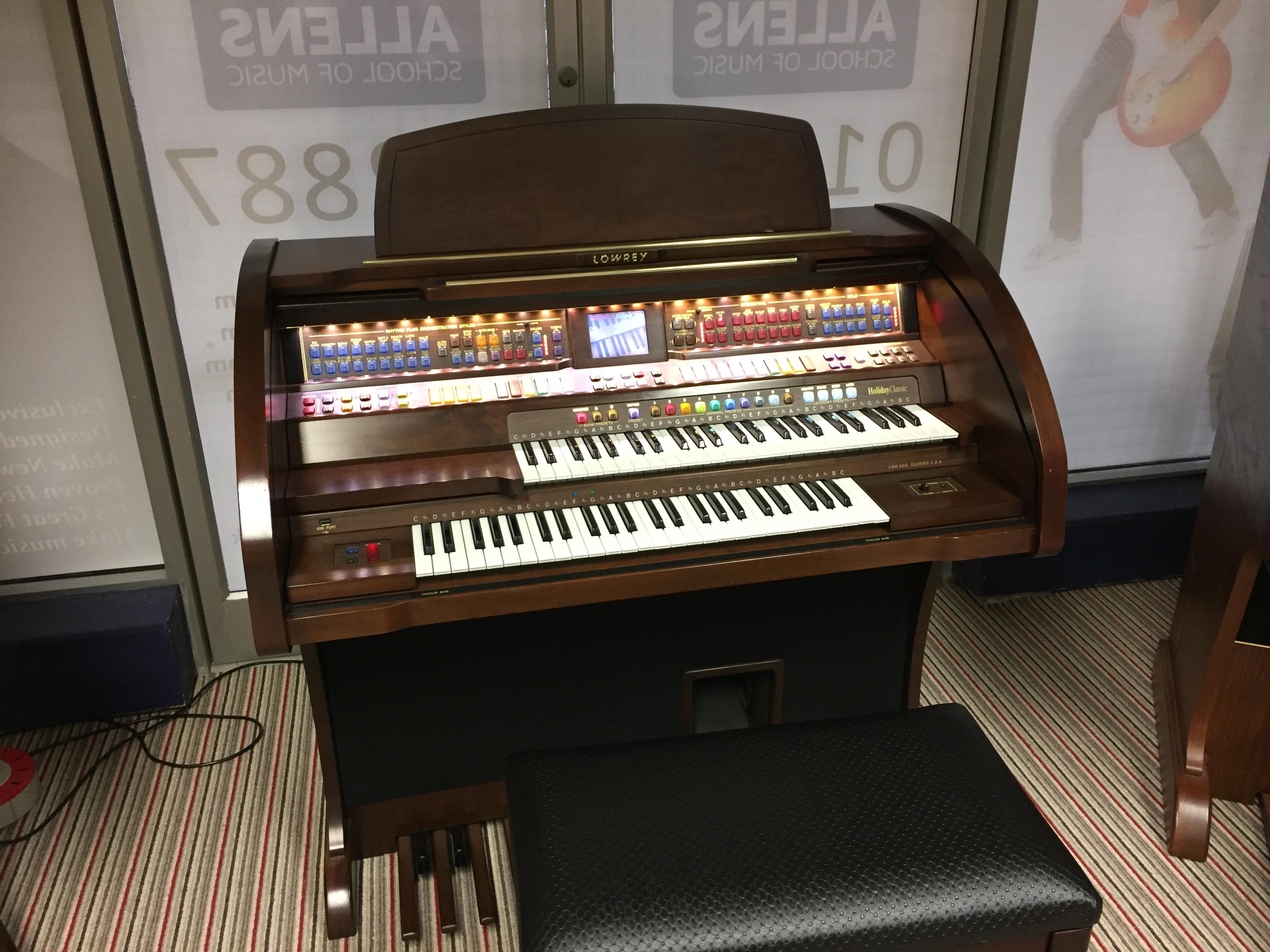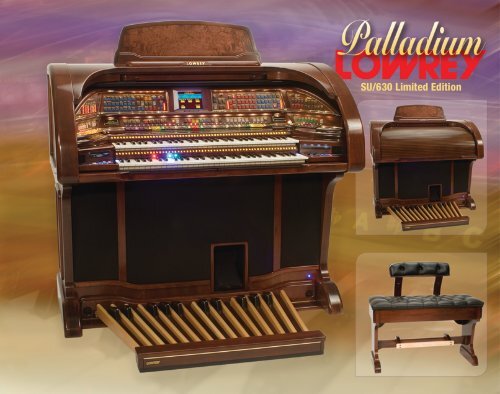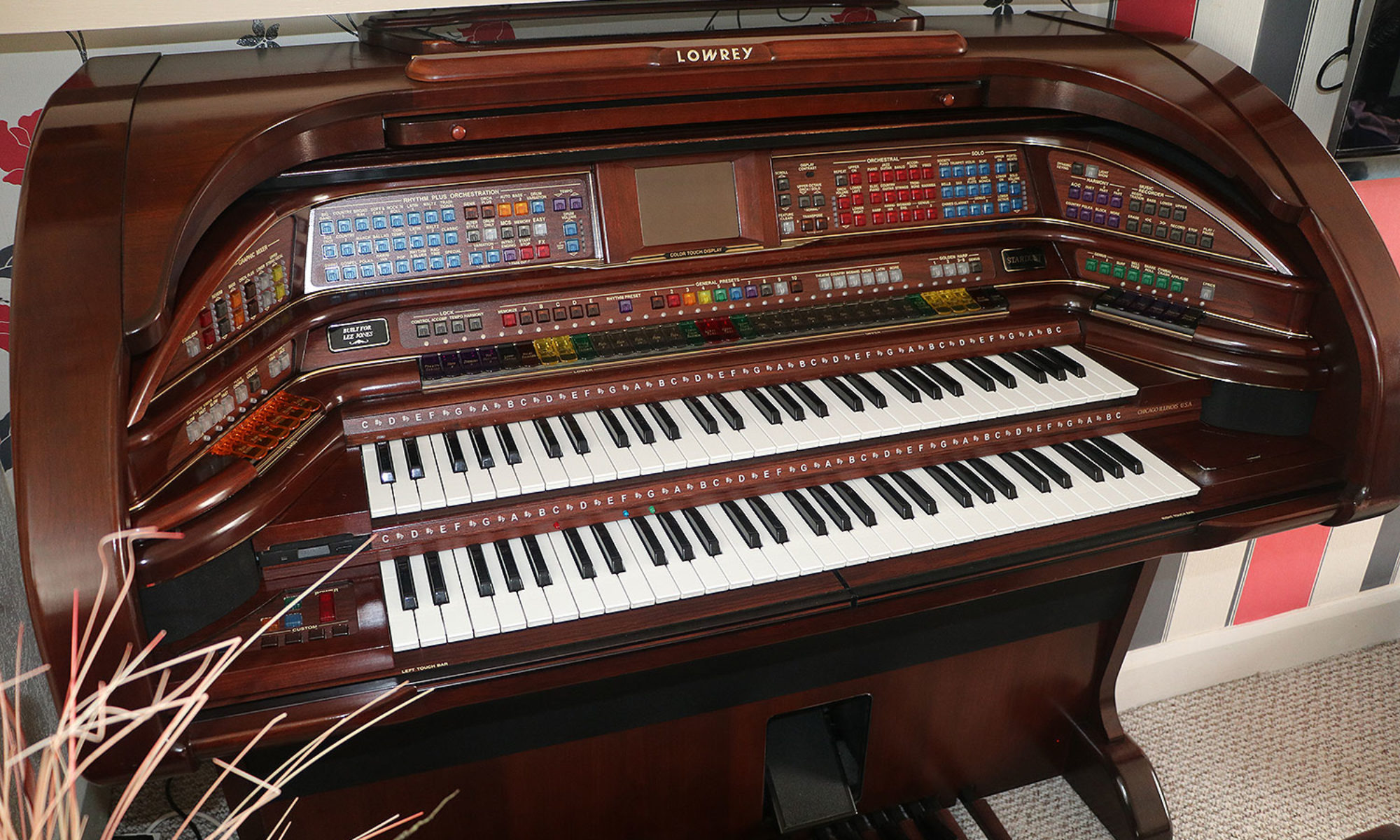

And eventually both stock and spare parts will be depleted and no longer available for anything, let alone any servicing that may be required. One of the key words from the letter was “SELECTED”, which infers that production will not continue across the entire current range of models. I would personally think that the current stock and manufacture would need to be increased due to panic buying demand – In other words, you’ll need to get in quick while you can if your thinking of getting one of the newest models ! KAWAI have stated that they expect the planned and continued production from October 2018 though January 2019 will provide enough inventory to supply selected Lowrey models through April of 2019 – but this is based entirely on past sales history, which i don’t think will be accurate or more than enough to supply the demand. I guess I / We will find out very soon, if not, then at the next Allens Music Extravaganza that I am attending here in the UK next weekend, I’m sure there will be many discussions and speculation. Obviously this is a letter sent out to the dealers in USA, how it will effect those of us living in the UK is still yet to be discovered.īut with the production ceasing, I would think a similar situation will be applied to the UK and European Markets. KAWAI stated this in a recent letter to all their Lowrey Dealers in the United States of America, dated the 5th October 2018 – (click on image to enlarge) On October 5, 2018, Vice-President of Lowery Division of Kawai America Corp., Seijiro Imamura, announced that Lowery Organ production would cease in January 2019.Earlier today, I learnt that the supply and manufacture of Lowrey organs will cease production in January 2019.Ī Letter sent out to main dealers confirms this to be true and can be viewed below
LOWREY ORGAN PRO
They including the MicroGenie V60, V100/101, V105, V120, V125 and MicroGenie Pro V600 (which was programmable and had MIDI capability).
LOWREY ORGAN PORTABLE
In the 1980s, Lowrey launched the MicroGenie series of portable organs. In the late 1970s, selling features of Lowrey home organs included Magic Genie Chords, Track III Rhythm and the Automatic Organ Computer. The extra effects included "Repeat", "Glide", and "Trumpet Wow-wow". They had several additional features that made their sound distinctive from the Lowrey models. The Gibson branded organs' design and circuitry were based on Lowrey's "T-1", "T-2", "TLO-R" and "Holiday" spinet models. The most popular of these was made in 1966, called the Kalamazoo K-101, but was soon renamed the Gibson G-101. Later Modelsįrom 1966 to 1971, Lowrey produced combo organs for the guitar maker Gibson. The Gotye song State of the Art was written to showcase the sounds of the Lowrey Cotillion model D-575. Mike Oldfield made use of the instrument quite extensively on his Tubular Bells album, and on several later albums as well. The Who song "Baba O'Riley" used a Lowrey Organ, on a percussive "marimba repeat" setting, to give the synthesizer-like background noise. A Lowrey DSO Heritage organ was used to produce the opening for "Lucy in the Sky with Diamonds". It was used to help create a fairground atmosphere. The Beatles' 1967 song "Being for the Benefit of Mr.

Its sound can be heard prominently on the 1968 recording of "Chest Fever", which begins with a Bach-inspired prelude/intro. Garth Hudson, the keyboardist of The Band, played a Lowrey Festival organ on many of the group's most notable songs. In the 1960s and 1970s, Lowreys were used by some rock groups.
LOWREY ORGAN FULL
Lowrey also produced theatre organs and a full 2-manual with pedal church organ. Lowrey originally targeted the home entertainment market. In 1970, the Genie model added automatic left hand and pedal. Lowrey led Hammond in the development of automatic accompaniment features. Hammond used electromechanical tonewheels until 1975.

This was different to its main competitor, the Hammond organ. The Lowrey organ relied on all-electronic tone generation. In the 1940s he fixed on the Eccles-Jordan circuit.

He tried different methods of tone generation. From 1918-1940's, Frederick Lowrey experimented with electronic organ design.


 0 kommentar(er)
0 kommentar(er)
